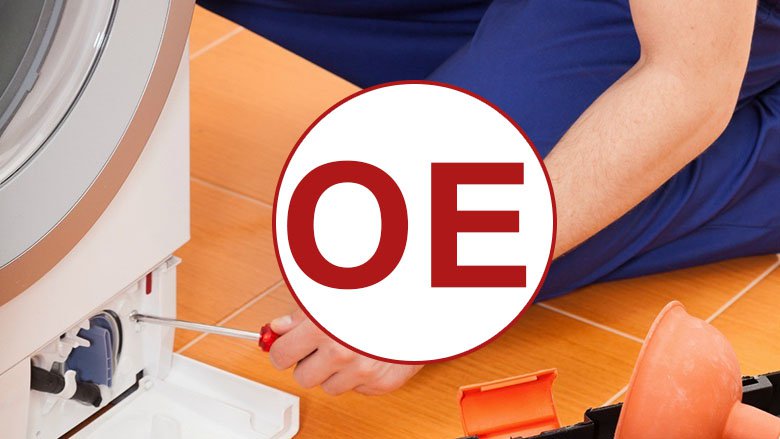Samsung washing machines are renowned globally for their outstanding performance and innovative technology. However, like any sophisticated appliance, they may occasionally present error codes to indicate specific issues. One common error encountered by Samsung washer owners is the OE error. This article will delve into the OE error, what it signifies, and how to troubleshoot it effectively.
The OE error, also known as ‘overfill error,’ signifies an issue with the water level sensor. This sensor monitors the amount of water in the drum during the wash cycle. If the machine detects an overfill, or if the sensor itself is faulty, it will display the OE error code.
To effectively troubleshoot this issue, it’s crucial to understand the three main reasons behind it:
- Faulty Water Level Sensor: The water level sensor might be malfunctioning due to electrical faults or damage. A dysfunctional sensor can falsely report an overfill, causing the machine to display the OE error.
- Blocked Drain Pump or Hose: A blockage in the drain pump or hose could prevent the washer from draining properly, causing an overfill situation. Debris such as lint, coins, or small clothing items can cause such blockages.
- Faulty Water Inlet Valve: A faulty water inlet valve could cause the machine to fill with more water than necessary, leading to an overfill situation.
Now, let’s dive into troubleshooting each of these issues:
- Faulty Water Level Sensor: To ascertain if the sensor is faulty, you may need to test it with a multimeter for continuity. If it doesn’t have continuity, you’ll need to replace it. If you’re not comfortable doing this yourself, consider contacting a professional.
- Blocked Drain Pump or Hose: You should regularly clean your drain pump filter as a part of your washer’s maintenance to avoid blockages. If the OE error persists, you may need to check for blockages in the hose. It might require disassembling the machine – a task best performed by a professional unless you’re handy with appliances.
- Faulty Water Inlet Valve: To determine if the water inlet valve is faulty, observe the filling process. If the machine overfills or the water doesn’t stop even after turning off the machine, it could be a clear sign of a defective valve. You’ll likely need to replace it.
Always remember to disconnect the washing machine from the power source before attempting any troubleshooting procedures for safety purposes. If you’re not confident about performing any of these tasks, consider contacting a professional.
Besides these three primary issues, the OE error could also arise due to a faulty control board. In such cases, the washer might be reading the water level incorrectly, leading to the OE error. This issue is quite complex and should be addressed by a professional to avoid causing further damage to the machine.
Moreover, there could also be a problem with the washer’s software. Running a Smart Check via the Samsung Smart Washer app might help identify any software issues and suggest possible solutions.
In conclusion, while encountering the OE error on your Samsung washer might be frustrating, it’s often a symptom of a relatively minor issue. By understanding what this error signifies and how to troubleshoot it, you can ensure that your washer remains in excellent working condition. Regular maintenance, such as cleaning the drain pump filter, can prevent many common issues. For more complex problems, don’t hesitate to consult a professional. By doing so, you can extend the life of your washing machine and continue to enjoy its excellent performance.
